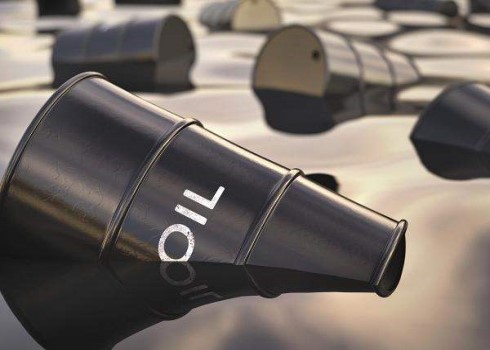SunSirs: Energy, Market Demand Concerns escalate, Crude Oil Price plummets again
February 26 2020 10:24:04 SunSirs (Selena)
On February 24, WTI crude oil futures market prices in the United States fell sharply, with main contract down $1.95, to $51.43/ barrel. Brent crude oil futures market prices fell sharply, with the main contract at $56.30/barrel, down $2.20. WTI and Brent both fell nearly 4%. Why did crude oil flash again after seven consecutive trading days of rebound?
First of all, crude oil price rebounded seven days in a row, because the epidemic situation in China has been effectively controlled, and the active and effective resumption of work around the country has brought about a rise in the market's optimistic expectations, which has also generally relaxed the market's vigilance on the impact of COVID-19. However, it is hard to see a sudden change in the situation, mainly due to the global spread of the epidemic in the near future, and the market has re focused on the region outside China The negative impact of the spread on the global economy. Japan, South Korea, Italy, Iran and other countries and regions have shown a relatively significant increase in confirmed cases. At present, in addition to Italy's follow-up of China's "blocking", other governments have no effective prevention and control measures, which triggered market concerns. At present, some institutions have reduced the increment of crude oil demand to 300,000-400,000 barrels/ day.
Secondly, affected by COVID-19, the global stock market has plummeted, the U.S. Dow Jones index has lost 1,000 points, the Italian Milan Stock market has also plummeted, down more than 4%, the biggest decline since 2016, and the European stock market has evaporated more than $470 billion on a single trading day on Monday. The butterfly effect of the collapse of risky assets makes crude oil, a commodity, bear the brunt.
In addition, the supply risk brought by Geopolitics in the early stage is gradually digested, and the previous rebound also effectively fixes the oil price.
According to SunSirs, there are the following concerns in the later period, first of all, the trend of the global epidemic of COVID-19, second, the trend of OPEC production reduction, and last, the tracking of China's resumption of work. If the epidemic is under general control, the market will gradually return to the normal track, but if the global spread of COVID-19 forms a further deterioration trend, it may bring greater uncertainty to the market. In addition, the possibility of OPEC's further production reduction is quite large. At present, Russia tends to maintain the current reduction rate and continue the reduction time. Saudi Arabia has a strong willingness to deepen the reduction. Other member countries such as Iraq will discount the reduction of production. In the case that there is no consensus within OPEC, the possibility of deepening the reduction is relatively low, but the current global epidemic has increased Heavy may become an opportunity for OPEC to deepen production reduction, which needs further observation in the later stage. Moreover, China's resumption is still moving in a positive direction, which will further ease market concerns. On the whole, in the short term, crude oil prices are subject to increased risk factors and complicated situation, which may aggravate wide range shocks.
If you have any questions, please feel free to contact SunSirs with support@sunsirs.com .
- 2026-01-07 SunSirs: Daily Topic of China Commodity Data (January 7, 2026)
- 2026-01-06 SunSirs: Daily Topic of China Commodity Data (January 6, 2026)
- 2026-01-06 SunSirs: Energy Outlook 2026: Deepening Transition Reshapes Market Landscape
- 2026-01-05 SunSirs: Energy Industries Bulk Commodity Intelligence (January 5, 2026)
- 2026-01-05 SunSirs: Major Oil-Producing Countries Announce Maintaining Production Levels in February and March



